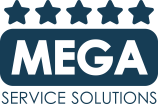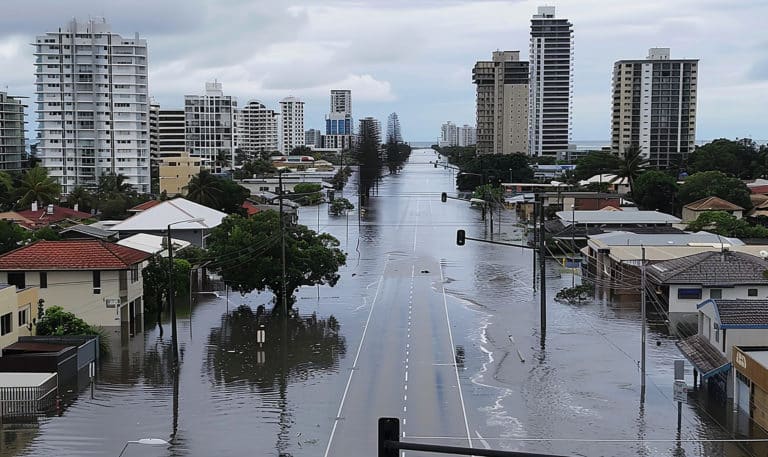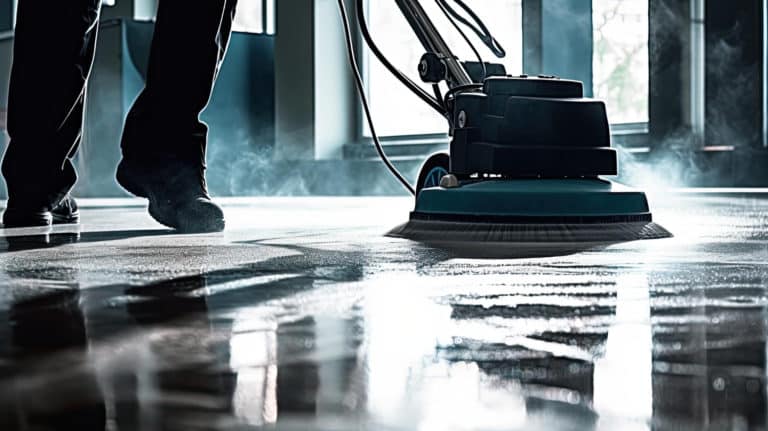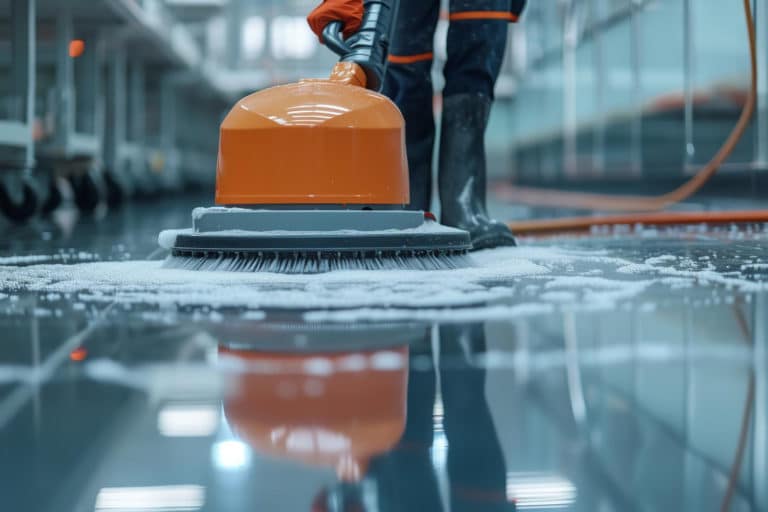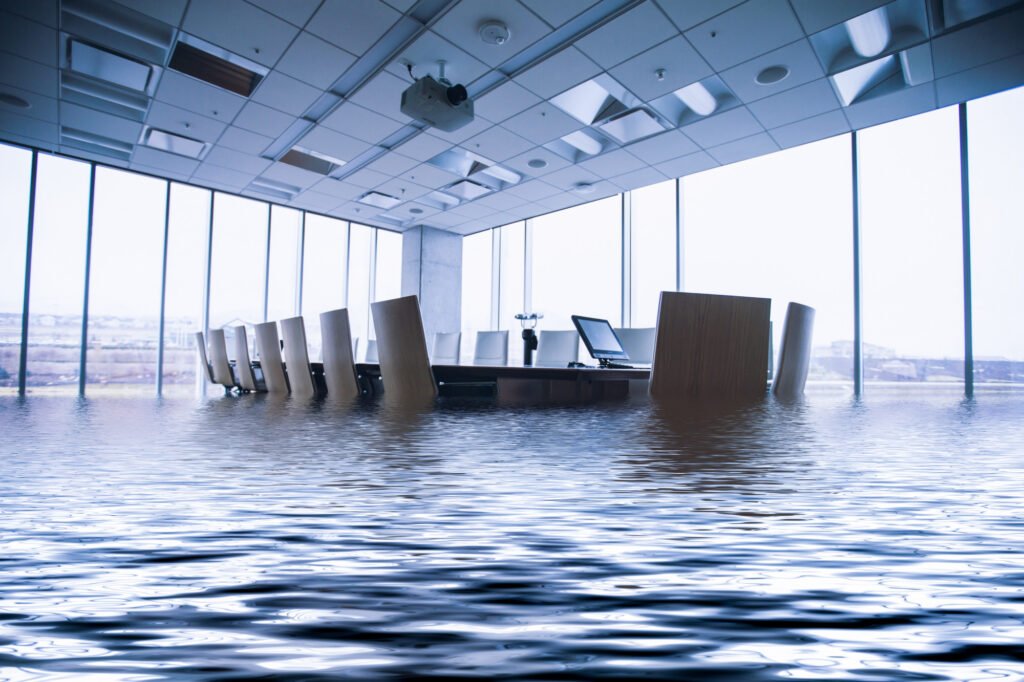
Since 2015, the number of water damage claims costing over $500,000 have doubled, and claims over $1 million have tripled. Water damage claims are on the rise, but knowing what to do when your business floods can save you headaches and hassles.
Learning about water damage restoration can help you prepare if the worst happens. Here are a few facts that can teach you what to do about water damage.
1. There Are Three Categories of Water Damage
There are three types of water categories, and they relate to how dirty the water is and how it can impact humans. The three categories are clean water, greywater, and black water.
Clean water comes from a safe, clean source. When exposed to clean water, there are no negative consequences regardless if it’s touched or ingested. Melting snow, water from a supply line, rainwater, and toilet supply tank are examples of clean water.
Greywater contains some type of contamination, such as mold, bacteria, or chemicals. People that touch or ingest this water can get sick. Dirty water from the washing machine or dishwasher counts as greywater.
Black water is full of toxins, pathogens, and other harmful agents that can cause illness and sometimes even death. Examples of black water include sewage backup, floodwater, toilet water with feces, and water that comes into contact with feces, fertilizers, etc.
2. There Are Four Classes of Water Damage
In addition to the category of water you’re dealing with, there are four classifications of water damage. Your water damage restoration team needs to know the situation, so they can bring the appropriate drying equipment.
Class 1 involves minor damage. This could be a small portion of a room without carpeting or a larger area with minimal moisture absorption.
Class 2 is when the water has spread further, and moisture may even be in the walls but no higher than 24 inches. Class 2 involves wet carpet or padding or when the sub-floor gets wet.
Class 3 damage is often due to a burst overhead pipe, a broken fire sprinkler, or so on. Everything from the floor to the walls and insulation to the sub-floor is full of moisture. The seepage of water in the wall is more than 24 inches high.
Class 4 involves specialty situations, such as materials with lower permanence and porosity. Hardwood, concrete, brick, sub-floors, and so on fall into this class.
3. Different Situations Require Different Equipment
If you’re dealing with Class 4 water damage, your technician needs to know so they can bring special equipment. The class of water damage impacts drying times and may involve more advanced drying techniques.
It’s also important that you understand the category of water damage involved, as dirty water poses a risk to your health.
4. Water Damage Restoration Might Be Covered by Insurance
Make sure to review your insurance policy so you understand what’s covered.
Most insurance will cover water damage if the cause of it was sudden or accidental. However, your insurance likely won’t cover the damage if it was the result of a lack of maintenance.
Talk to your insurance company before getting water damage restoration.
Act Fast to Protect Your Business From Water Damage
It’s important to act fast when you’re dealing with a burst pipe or flood emergency. Hopefully, our water damage guide provided you with the information you need.
If you require water damage restoration services, take a look at our service area and give us a call to set up an appointment today.
